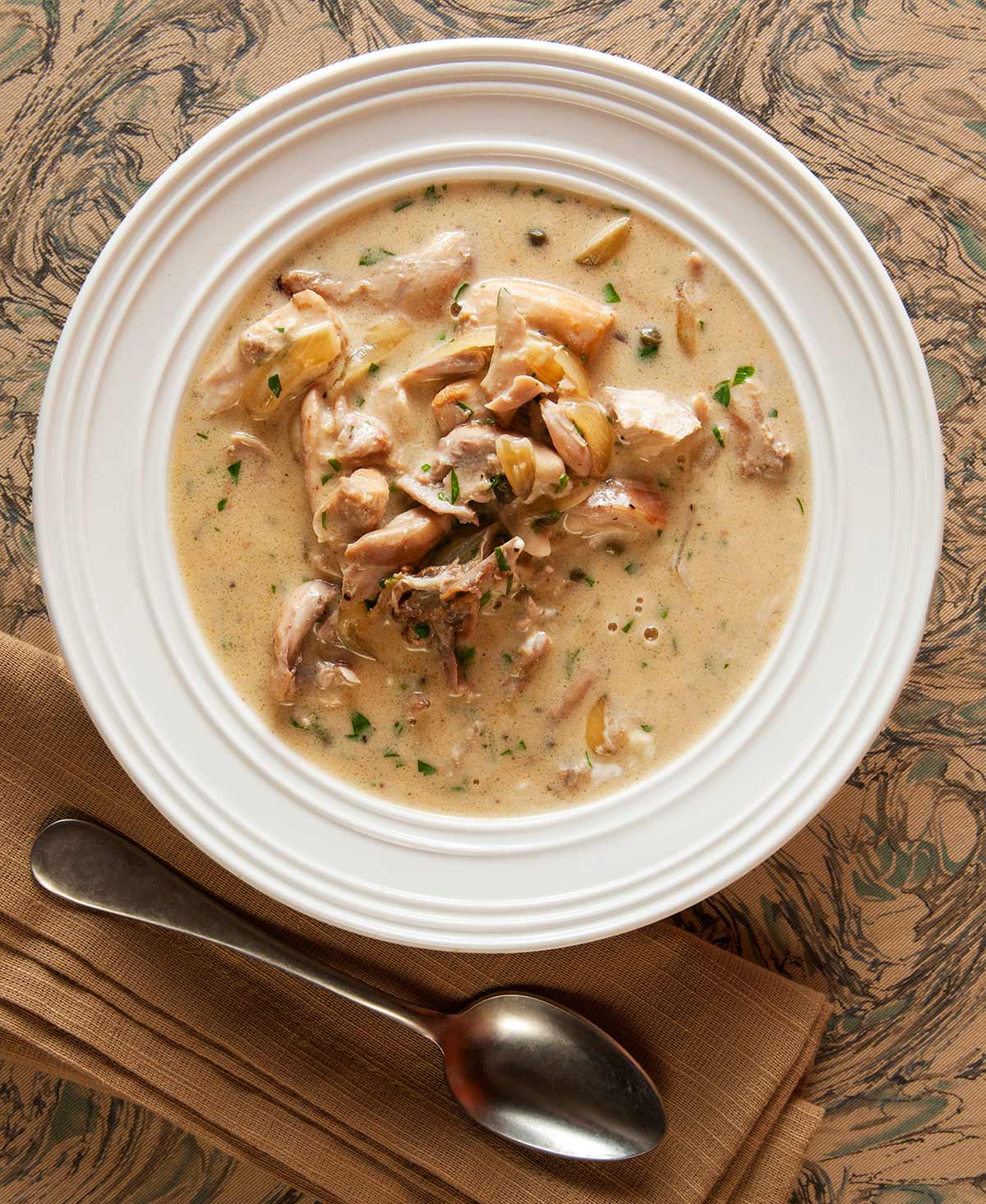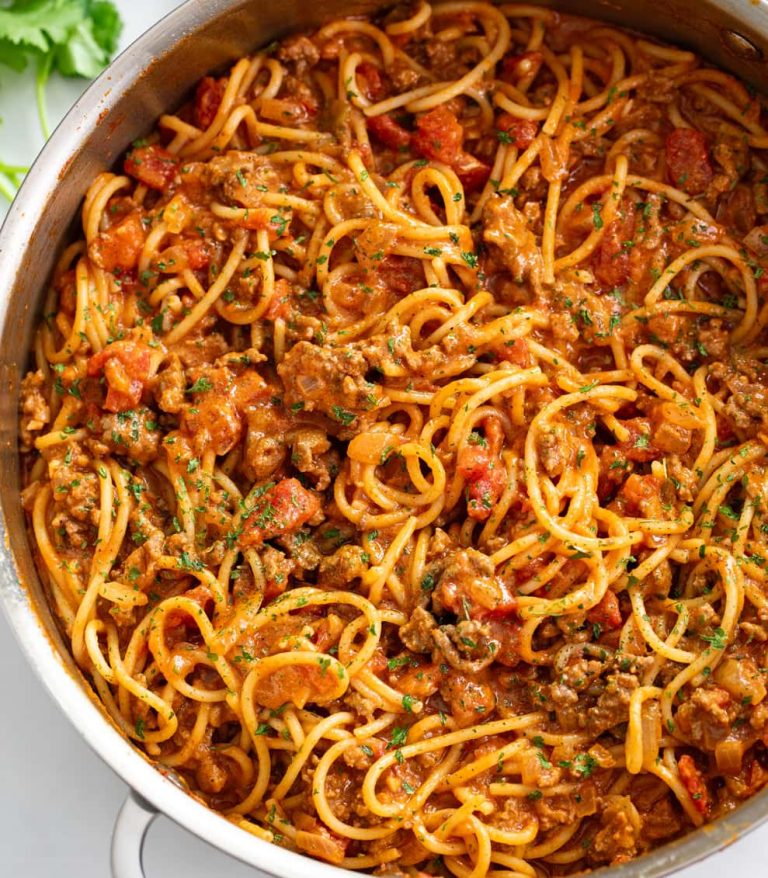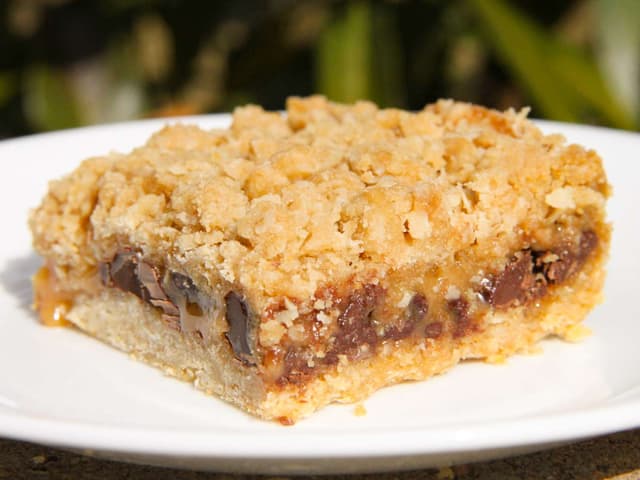Hasenpfeffer Rabbit Stew: A Delicious German Classic
Hasenpfeffer Rabbit Stew has roots in medieval Germany, where it emerged as a practical dish. Due to the high availability of wild game like rabbits and the need for preservation methods, people developed this hearty stew. Recipes used vinegar and wine to marinate the rabbit, acting as both a preservative and flavor enhancer. This practice allowed extended storage without refrigeration. Initially associated with rural life, especially among hunters and farmers, it eventually became a cherished meal, reflecting the clever use of available resources.
Cultural Relevance
Hasenpfeffer holds a special place in German culture, embodying tradition and heritage. It’s prominently featured during festive occasions, such as Christmas and New Year’s Eve, serving as a comfort food that brings families together. Linked with regional pride, the dish varies across Germany, showcasing unique local ingredients and cooking methods. For instance, Bavarian versions might include additional spices, while those from the Rhineland could emphasize a sweeter marinade. The recipe’s ability to evolve while still preserving its core elements underscores its cultural importance.
Key Ingredients in Hasenpfeffer Rabbit Stew
Choosing the Right Rabbit
Selecting the right rabbit is crucial for Hasenpfeffer. Using a young rabbit, around 3-5 months old, ensures tender meat that absorbs spices well. Farm-raised rabbits offer a milder taste compared to their wild counterparts, making them preferable for this dish. If using a wild rabbit, marinate it longer to reduce gaminess.
Essential Spices and Seasonings
Spices and seasonings define Hasenpfeffer’s distinct flavor. Black peppercorns, juniper berries, and cloves provide the aromatic base. Bay leaves and allspice add depth. Marinate the rabbit in vinegar and red wine to introduce tanginess and tenderize the meat. Onions, garlic, and mustard seeds contribute to the stew’s rich complexity, ensuring a well-rounded flavor profile.
Cooking Techniques
Marination Process
Marinate the rabbit for 12-24 hours. Combine red wine, vinegar, black peppercorns, juniper berries, and cloves in a large container. Add bay leaves and allspice for enhanced flavor. Submerge the rabbit pieces, ensuring even coverage. Use high-quality vinegar and wine to avoid overpowering the taste. Refrigerate the marinated rabbit, turning occasionally for uniform flavor absorption.
Slow Cooking Essentials
Use a heavy-bottomed pot or Dutch oven. Preheat to medium heat and brown the marinated rabbit pieces in oil. Remove and set them aside. Sauté onions and garlic until translucent. Add marinated liquid and mustard seeds, scraping the bottom to release any browned bits. Return rabbit pieces, ensuring they’re submerged in the liquid. Cover and simmer on low heat for 2-3 hours. Maintain a consistent temperature to avoid overcooking. Stir occasionally to prevent sticking, ensuring the rabbit becomes tender and infused with the marinade, achieving a rich, flavorful stew.
Serving Suggestions for Hasenpfeffer Rabbit Stew
Traditional Accompaniments
Pairing Hasenpfeffer with traditional sides enhances the authentic dining experience. Classic accompaniments include:
- Spaetzle: Soft egg noodles absorb the rich flavors of the stew, complementing its tangy and spiced profile. Serve them fresh and warm.
- Red Cabbage: Braised red cabbage provides a tangy-sweet contrast, balancing the hearty rabbit stew. Cook with apples and a dash of vinegar for added depth.
- Potatoes: Mashed or roasted potatoes with simple seasonings like salt and parsley enhance the savory notes of Hasenpfeffer.
- Bread: Crusty bread or rolls, such as pretzel buns, are perfect for soaking up the flavorful gravy.
Modern Twists
For a contemporary take on Hasenpfeffer, consider these innovative side dishes:
- Quinoa Salad: A light, nutritious option that adds texture and subtle flavor contrast to the rich stew. Include ingredients like cherry tomatoes, cucumber, and fresh herbs.
- Roasted Vegetables: Seasonal vegetables like Brussels sprouts, carrots, and sweet potatoes, roasted with olive oil and herbs, bring a fresh and vibrant twist to the meal.
- Polenta: Creamy polenta serves as an excellent base for Hasenpfeffer, providing both texture and a mild flavor that complements the stew.
- Gourmet Slaw: An upscale slaw with ingredients like kale, apple, and a light vinaigrette provides a crisp and refreshing side.
Combining traditional accompaniments with modern twists can elevate your Hasenpfeffer Rabbit Stew dining experience, introducing both classic and contemporary flavors.
Health Benefits and Considerations
Nutritional Value
Hasenpfeffer Rabbit Stew offers various essential nutrients, making it a beneficial addition to your diet. Rabbit meat is high in protein, providing about 33 grams per 100 grams, which helps in muscle repair and growth. It’s also low in fat, containing roughly 3.5 grams per 100 grams, ensuring you get lean meat with minimal saturated fats. Additionally, rabbit meat is rich in vitamins B12 and E, aiding in energy production and antioxidant protection. Minerals like iron, zinc, and phosphorus support red blood cell production, immune function, and bone health, respectively.
Dietary Considerations
Consuming Hasenpfeffer Rabbit Stew can fit into several dietary plans, but there are some considerations. If you follow a low-fat diet, rabbit meat is an excellent choice because of its lean profile. For those adhering to a high-protein regimen, the high protein content supports muscle development and maintenance. However, individuals with specific dietary restrictions, such as those following a vegetarian or vegan diet, should avoid Hasenpfeffer. If you have allergies, be cautious about the spices and marinades used, as some may contain allergens like mustard or garlic. Consider these factors to ensure Hasenpfeffer Rabbit Stew aligns with your dietary needs and preferences.
Conclusion
Hasenpfeffer Rabbit Stew isn’t just a meal; it’s a culinary journey through history and flavor. By mastering the art of marination and slow cooking, you can create a dish that’s both tender and richly spiced. Pair it with traditional sides like Spaetzle or modern options like Quinoa Salad for a unique dining experience. Plus, its high protein and low-fat content make it a healthy choice for various diets. Remember to consider any dietary restrictions to ensure everyone can enjoy this delightful stew. Dive into the world of Hasenpfeffer and elevate your culinary repertoire.






